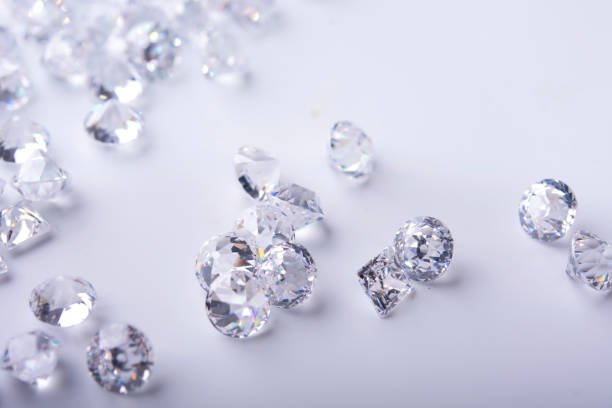Get A Gemstone Appraisal All Entries

Whether you are cleaning out your old gemstone and diamond jewelry to make room for newer, better pieces, or you are trying to liquidate some jewelry for quick cash, the process is the same. After you make the decision to sell gemstones or diamonds, you will want to be sure that you are getting the best price.
Getting an appraisal
If you have ever gotten an appraisal for insurance or other purposes, it is important to know that you would not be able to sell gemstones or diamonds for that appraised value. An appraisal consists of the retail value of an item when it was purchased new and usually accounts for the mark up price from the retailer. Since appraisers don’t have specific laws or guidelines to follow, the same gemstone can range in appraisal value.
Getting an evaluation
When having jewelry and precious stones evaluated to sell, they will be given a price lower than appraised amount. The true value of a stone can be up to 50% less than the appraised value.
Check to see if the gemologist that is evaluating your gemstones is a graduate of the Gemological Institute of America. Remember, you want the best evaluation possible for your gemstones, so it is important that the gemologists evaluating your gemstones are using state of the art equipment and real time fair trade market values. They will take into consideration the condition of your stones to see if there is any damage to the gemstones that would affect their value.
Special Considerations
When you decide to sell gemstones or diamonds, the type of stone is also an important factor in determining its value. Quality is important, but a high quality ruby will be valued higher than a high quality common quartz. Rarity, carat, color, cut/polish, clarity, color saturation, origin and historical importance all affect a precious stone's value. Rubies, sapphires, and emeralds, for example, are classified as precious stones and traditionally have a higher value than semi-precious stones. However, some semi-precious stones are so rare, that they can have a higher value. Diamonds are similarly evaluated. The rarest diamonds are pink, blue and green diamonds which are valued higher than the colorless variety.